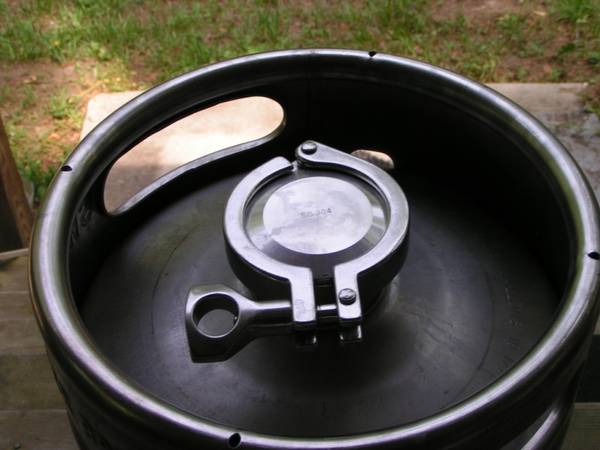djt17 said:I plan to no chill in a corny for the 1st time this Sat. What clean up issues did you experience? I plan to transfer from my brew kettle to my corny as soon as the boil is complete, then transfer to fermenter the next day & pitch. Do you have any tips? Thanks
I've done exactly the same routine with no problems, and really no cleanup issues. I siphoned into primary though, so the corny dip tubes were never in use.
One of the main benefits of no chill for me is creating real wort starters. Just fill up the flask before filling the corny and pitch the starter a few days later.



